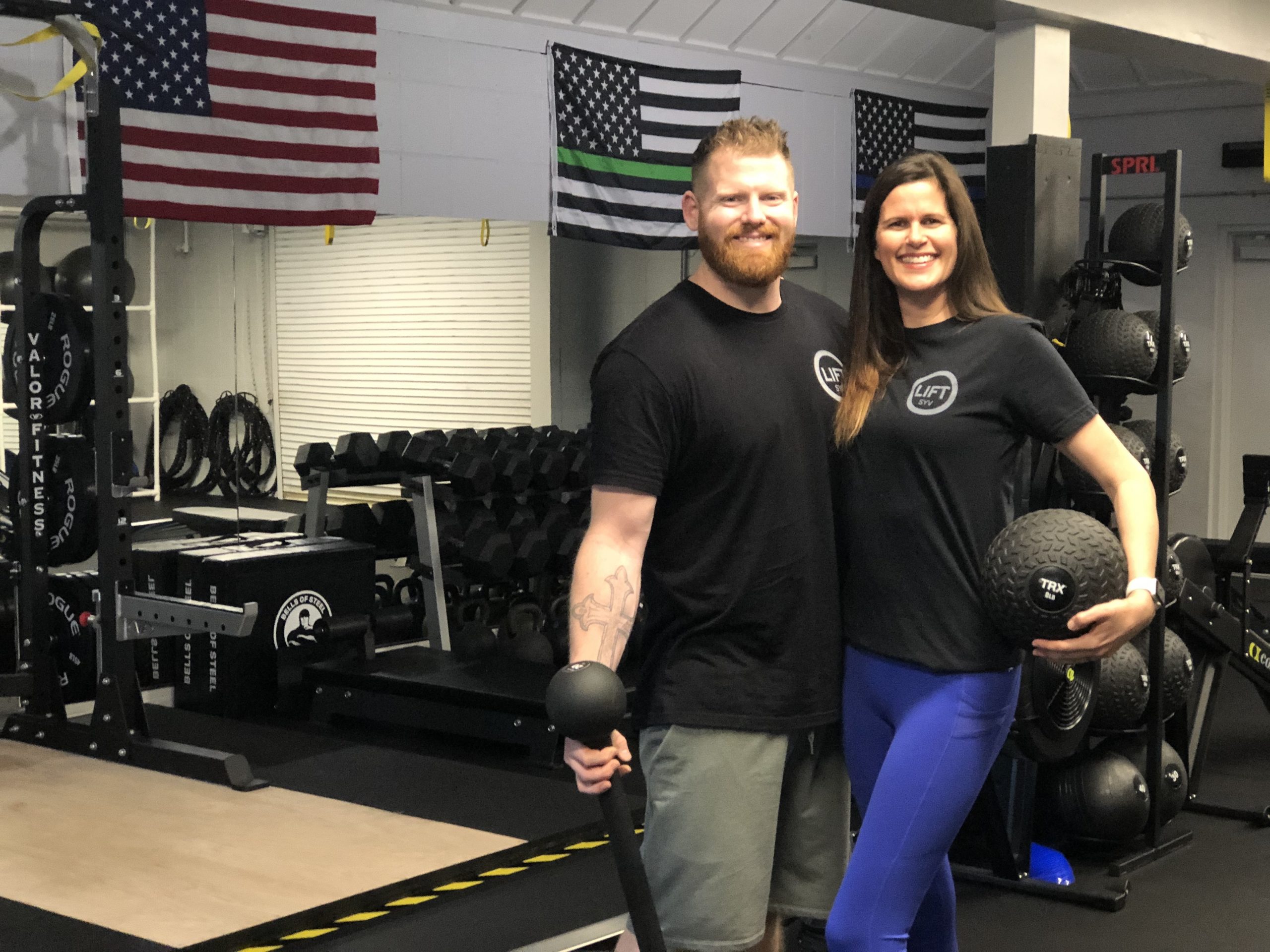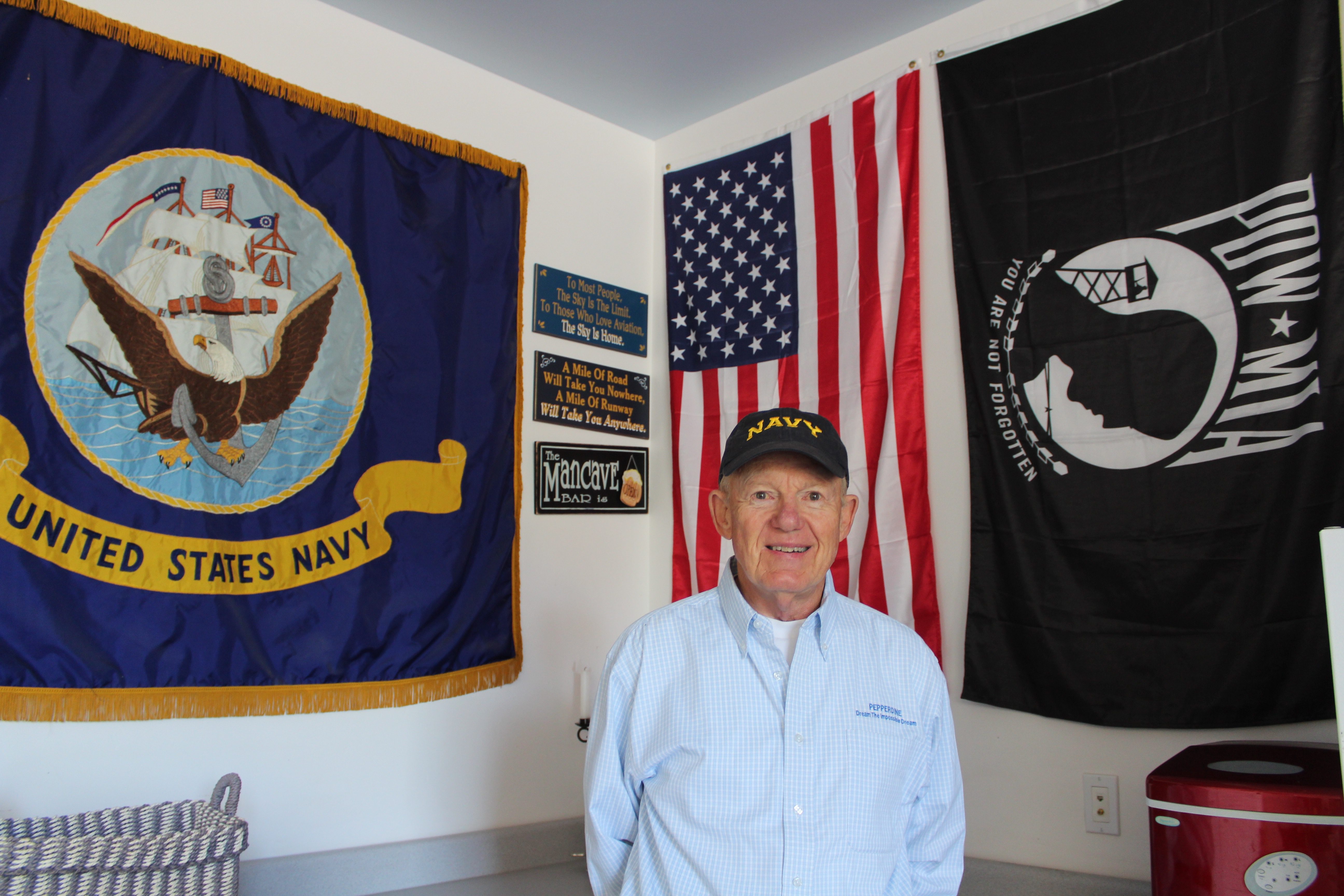By John Copeland
November 11th is Veterans Day, the day we honor all American veterans, living and dead. Because November 11th falls on Sunday this year, many observances will be held on Monday, November 12th.
In England, Canada, Australia, New Zealand and France, the day is known as Remembrance Day. And therein lies the tale of how a holiday is transformed over time, altering slightly to maintain its cultural significance.
Originally called Armistice Day, it commemorated the end of World War I. In recent times, it’s often been confused as the day America honors U.S. military personnel who died in battle or from wounds suffered in combat. However, it is Memorial Day at the end May that is set aside to honor America’s war dead.
The origin of Veterans Day goes back to a railroad car parked on a siding in the forest of Compiegene, France. There, in the early morning of November 11th, the Allies and Germany signed an armistice bringing the fighting of World War I to end. All fighting ceased on the 11th hour of that 11th day of the 11th month.
As the guns fell silent, dispatches on both sides recorded it was “All Quiet on the Western Front.” For that reason, November 11, 1918, has always been regarded as the end of World War I. Quickly, the day became known internationally as Armistice Day.
This year on Veterans Day we will be observing the 100th anniversary of the end of World War I, which began in the summer of 1914 and was the first modern war. Most of the world’s nations were drawn into the conflict, and it has also been called The Great War and the War to End All Wars. Battles were fought in Europe, the Middle East, Asia, the Pacific, the Atlantic, and even in Africa.
America did not enter the war until 1917, and U.S. casualties were nothing like those endured by other nations. More than 15 million were killed, decimating an entire generation of young men from France, England and its Commonwealth countries, Germany, Austria, Turkey and Russia.
In November 1919, President Wilson proclaimed November 11th as the first observance of Armistice Day, and in 1926, Congress passed a law officially naming November 11th Armistice Day. Twelve years later, Armistice Day became a national holiday.
Originally, Armistice Day featured parades, public gatherings and a brief moment of silence at 11 a.m. in remembrance of the end of the fighting. At the time, there was a profound hope that the Great War would be the last major conflict the world would experience. Had this been true, the holiday might still be called Armistice Day. But that was just a dream.
By the end of the Second World War, Armistice Day was already fading into obscurity. Then, in 1947, Raymond Weeks of Birmingham, Ala., organized a “Veterans Day” parade on November 11th to honor all of America’s veterans for their loyal and dedicated service.
In 1954, President Eisenhower signed a bill into law proclaiming November 11th to be Veteran’s Day, and he called upon Americans everywhere to rededicate themselves to the cause of peace.
In just 30 years, Armistice Day had evolved. It no longer focused on the end of World War I, but now recognized and honored all veterans who had served in the U.S. military.
I still remember, as a child in the 1950s and early 1960s, that November 11th still had a very strong association with World War I, and buying red poppies from veterans on street corners and wearing them on your lapel was a traditional way of observing the holiday.
The American Legion in 1920 adopted the poppy as its national memorial flower. Each year about 25 million Americans wear poppies in tribute to the war dead, contributing for the flowers nearly $2 million for the Legion’s program of service for disabled veterans and veterans’ children.
In 1968, in its infinite wisdom, Congress passed a bill to move Veterans Day to the fourth Monday in October. However, November 11th was historically significant to many Americans, and both citizens and veterans hounded Congress to restore the holiday to its original date. It took 10 years, which I guess is pretty fast for Congress, but finally in 1978 Congress reversed itself and returned the holiday to November 11th.
The restoration of Veterans Day to November 11th not only preserves the historical significance of the date but helps focus attention on the important purpose of Veterans Day: a holiday to honor America’s veterans.
Veterans Day is a potent emblem of our democracy. Aristotle believed the underlying principle of democracy is freedom, since only in a democracy can the citizens have a share in freedom. In essence, he wrote that this is what every democracy should make as its aim.
There are two main aspects of freedom: being ruled and ruling in turn, since everyone is equal according to number, not merit, and to be able to live as one pleases. Democracy also involves the participation of its citizens to both maintain and preserve it. On Veterans Day, we honor those who have helped preserve ours.
As part of the 100th anniversary of the end of World War I, churches and other municipalities around the world will ring bells in remembrance. So if you hear bells at 11 a.m. on Sunday, November 11th, wherever you find yourself, stop for a moment and think of all we owe our veterans. Or better yet, express your appreciation directly to a veteran. I know they’ll appreciate it.







